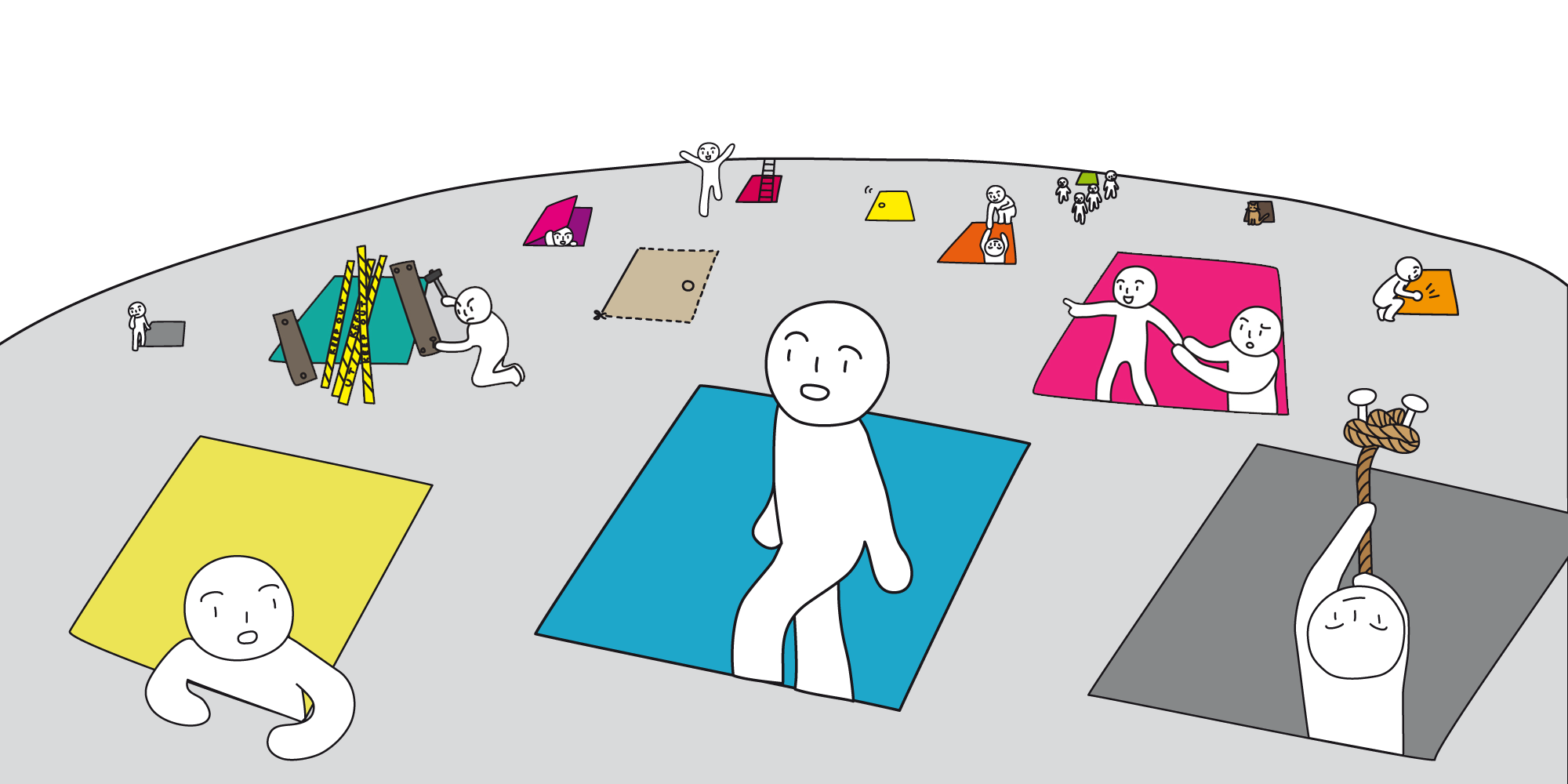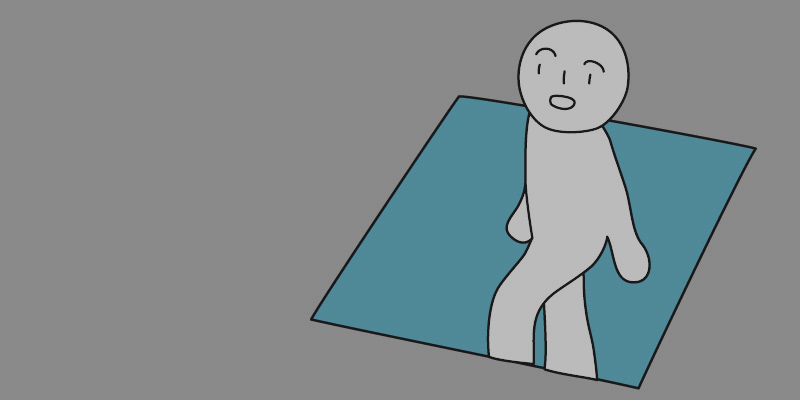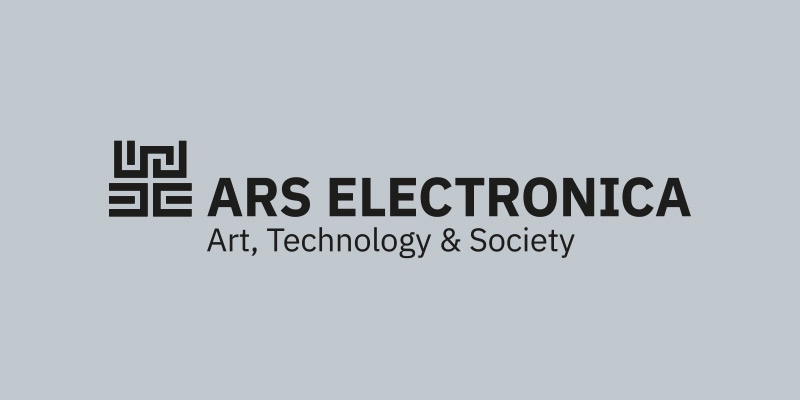algorithm

Listening capsules (light version)
Thomas Barbé (FR), the Random(lab)
Our body is a tactile receiver of all musical waves: we perceive them through our skin, muscles, nerves, bones, etc. The listening capsules immerse the viewer in “somesthetic” compositions generated live by an algorithm. The intention is to take the listener out of his usual sound environment in order to invite him to renew his listening experience. These waves, sinusoidal frequencies, are composed and synthesized generatively by a software specifically developed for the installation, the sinoto.
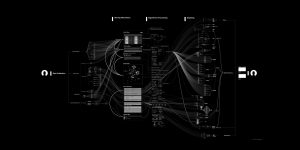
Facebook Algorithmic Factory
Vladan Joler (RS)
Facebook Algorithmic Factory sheds light on the invisible processes that take place inside the world’s largest social network. Inside this black box, non-transparent algorithms are deciding what kind of content will become a part of our reality, what will be censored or deleted, which ideas will spread and what news will gain most visibility. They are also defining new forms of labour and exploitation.
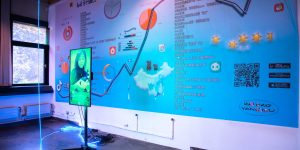
Meanwhile In China
Yang Mu & Sai Bao – Matthias Schäfer (DE), Sofia Braga (IT)
Douyin 抖音, internationally known as TikTok, has become one of the world’s most successful apps and a leading platform for creating and sharing short videos. It was developed by Beijingbased Bytedance and is one of the few apps that has been successful outside the big firewall. To comply with Chinese law, Douyin is a completely independent app from TikTok. Although the user interface and logo look the same, the content is completely different and not accessible in the international version. The goal of this work is to explore and analyze this vast digital ecosystem from different perspectives: screenshots capture a moment in a rapidly changing environment, determined by Douyin’s artificially intelligent recommendation algorithm. These found images are then decontextualized without change to give visitors space and opportunity to think about them and gain insights into a delimited platform and its algorithms used to show you the most engaging content.
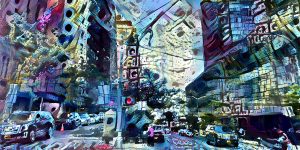
VH AWARD
by Hyundai Motor Group (KR)
The VH AWARD’s purpose is to uncover promising Korean artists creating media art. It seeks to support the art-making process of these young media artists but to also help them gain international recognition. To guarantee a fair evaluation, award winners will be selected by highly celebrated curators from all around the world. In addition, the winners will have the opportunity to display their works of art through the 24.4-meter-long media wall, located at the Hyundai Motor Group University.
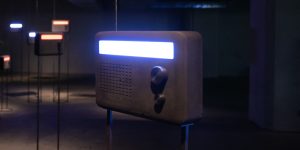
Radiosands
Thom Kubli (DE/CH)
Lines of catchy pop songs, melodies of classical music, fragments of spoken language – the sound installation Radiosands manipulates radio broadcasts in real time. By means of an AI system, its contents become transformed into an acoustic choreography.
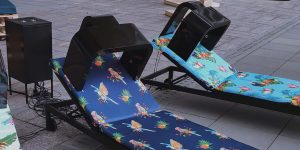
I am {Emotion}
Manolis Perrakis (LE) in collaboration with Mathis Antony (CH)
The installation is comprised by a sun lounger bed that the audience can lie on, and receive real-time “psychological” advice. GPT2 in conjunction with tacotron2 and an emotion classification algorithm is used to extract the emotion from the participant’s face and vocalize it into an endless stream of artificial wisdom.

Anschwellen - Abschwellen
Volkmar Klien (AT)
Fully erect, the clock dominates for a while and then subsides; its feathery crown sinking in front of it.
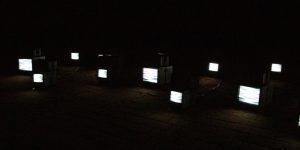
WM_EX10 TCM_200DV TP-VS500 MS-201 BK26 MG10
Stefan Tiefengraber (AT)
Unexpected and uncontrollable analogue signals are altered and bent by the artist to create an audio/video noise-scape. Pre-recorded (installation) or live audio signals, audible through speakers, are sent directly to CRT monitors mounted on the speakers, visualizing the signal in flickering and abstract shapes and lines in black and white to create a time-based sculpture.

Umbilical Digital
Dmitry Morozov / ::vtol:: (RU)
Umbilical Digital is kind of a farm where a special algorithm devotes itself to raising “digital living creatures” such as Tamagotchis. The system monitors their condition and takes on all tasks that are required for maintaining their “life” and keeping their “spirits” up. The simulation of pressing keys makes the system seem like a person who is taking care of the digital creature: it exists as if it has been “raised” by a human hand.
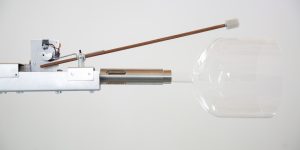
Smart.ing Bodies
Evelina Rajca (PL)
Sand, or to put it more precisely high-purity silicon dioxide particles, is the essential raw material from which we make concrete, glass, fiberoptic cables, computer chips, and other high-tech hardware. The installation Smart.ing Bodies features “glass instruments” made of quartz sand that Evelina Rajca collected from disappearing beaches and mountains around the world. The multisensory sound installation consists of those two glass resonators, sensors, motors, and an algorithmic composition created partly by AI learning processes. In order to keep on playing and to avoid a “resonance disaster” (the destruction of the glass or motor), the algorithmic program has to learn to conduct a variety of smart frequencies. What can be heard is the sound of sand, which is pure yet complex and ever-changing.
